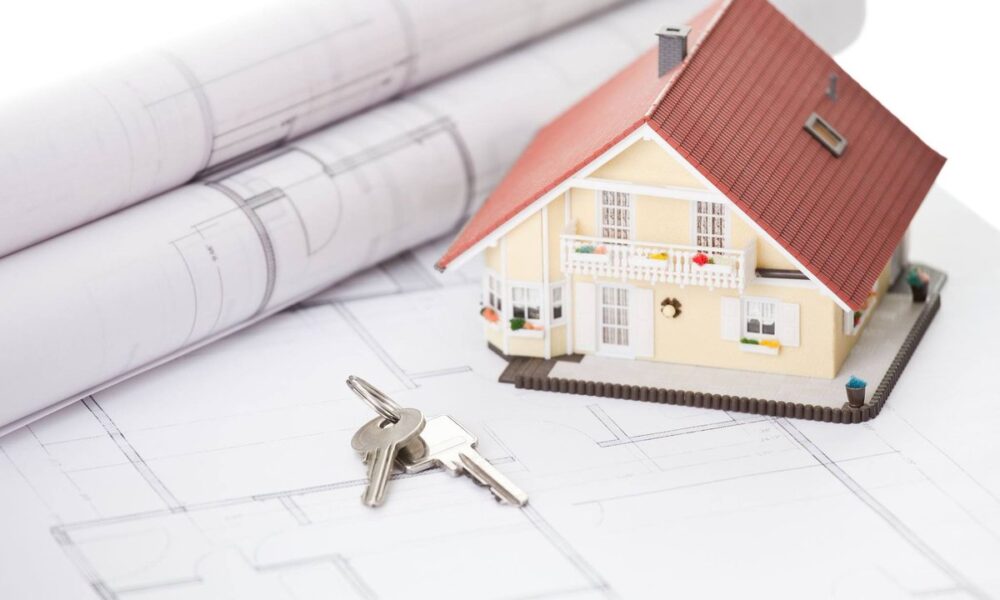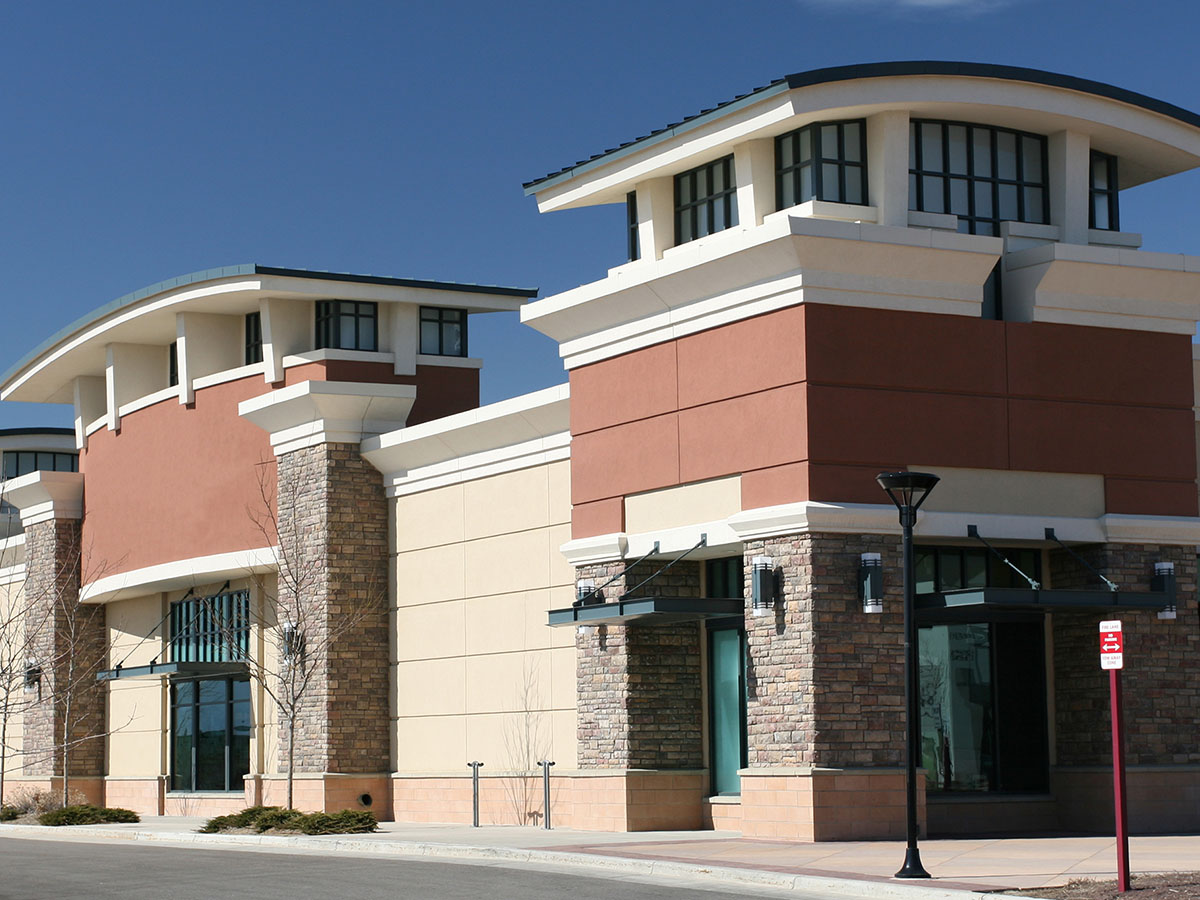Home inspections can be a daunting task for homeowners, especially if they are not familiar with the process. While there are many steps involved, it’s important to understand the most common mistakes made during the inspection. Knowing what to look for and what to avoid can help ensure that your home is safe and up to code.
1. Checking for Structural Damage:
One of the most important aspects of a home inspection is checking for structural damage. This includes checking the foundation, walls, ceilings, and other components of the home to make sure they are structurally sound. If any of these components are not in good condition, it can lead to safety issues, as well as costly repairs.
2 Checking Electrical Systems:
Another common mistake made during a home inspection is not checking the electrical systems. This includes making sure the wiring is up to code, the outlets are properly grounded, and the circuit breakers are in good working order. Not checking these issues could lead to electrical problems, fires, or other safety hazards.
3. Checking for Water Damage:
Water damage can be difficult to detect and can lead to serious problems if not addressed. It’s important to check for water damage, such as mold and mildew, during a home inspection. This is especially true for areas like basements, attics, and crawlspaces that are more prone to water damage.
4. Checking for Pests:
Pests can cause a variety of problems in a home, from structural damage to health risks. It’s important to check for signs of pests during a home inspection, such as droppings, nests, and damage to the walls or ceilings.
For the most part, pest control is the responsibility of the homeowner. Thankfully, there are a variety of ways to get rid of pests, from chemical treatments to traps and preventative measures. Homeowners should consult a professional pest control company if the problem persists or if it is a severe infestation.
5. Inspecting for Radon:
Radon is a radioactive gas that is present in many homes and can be hazardous to your health. It’s important to check for radon during house inspectors and to make sure the levels are safe. Radon is an odourless and colourless gas that is produced from the breakdown of uranium in rocks and soil. It’s present in outdoor air, but at much lower concentrations than those found indoors. The amount of radon found in a home depends on the levels of uranium in the soil and rocks beneath it, as well as the ventilation in the home.
6. Testing Appliances:
Appliances are often overlooked during a home inspection, but it’s important to test them to make sure they are in good working order. This includes checking the water heater, furnace, and other appliances to make sure they are safe and functioning properly.
Conclusion:
Home inspections are an important part of buying or selling a home and can help identify potential problems. By avoiding the common mistakes mentioned above, you can ensure that your home is safe and up to code.



